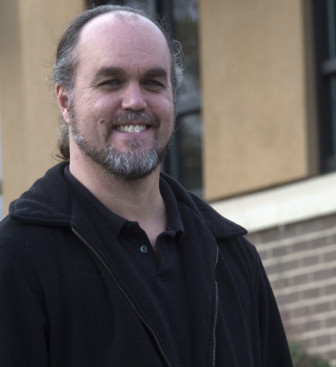 Being an advocate and practitioner of restorative justice can be a daunting pursuit. We often find ourselves looking at the world through a radically different lens than many of the people we work with and pushing against deeply ingrained patterns of behavior and response.
Being an advocate and practitioner of restorative justice can be a daunting pursuit. We often find ourselves looking at the world through a radically different lens than many of the people we work with and pushing against deeply ingrained patterns of behavior and response.
Because we work from the desire to create more just and less alienating ways of interacting, we often find ourselves worrying about our overall impact in complex situations. Above all we wish to avoid doing further harm, but that isn’t always easy to determine.
Restorative processes are best suited to cases of serious harm, where the differences with the prevailing system stand out most starkly. Attempts to slot restorative processes into “programming” or limit them to lesser violations run the risk of dissipating the powerful potential they embody.
Since authorities are frequently unsure of how to use these approaches, they (understandably) act to limit the risk to the current system. An additional problem is that the current system is by default punitive, and meshing the contrasting values can be a problem.
The RJ advocate or practitioner has to be careful to avoid extending the reach of the punitive system. Rule infractions or parental complaints could lead to involvement with the system that would not have occurred before the restorative option was available.
Past reform efforts, including parole, probation and prison itself (in the form of penitentiaries) have historically increased the number of people involved with the system, says Dr. Dana Greene, an associate professor in the criminal justice department at New Mexico State University, during a recent webinar.
Each of these previous efforts began with the stated goal of fixing the problem of criminal behavior and lowering the number of people caught in punitive structures.
As Greene has written, “For the past 200-plus years, each US penal reform that proposed to reduce what had come to be thought of as inhumane, ineffective, overly punitive, too expensive, or unjust penal practice resulted in widening the reach and deepening the roots of the punishment system. Benevolent penal reforms in particular have produced greater governmental ingress into the lives and communities of those being punished while swallowing an increasing number of people into the crime and punishment system.”
These unintended consequences can manifest in many ways:
- Expanding the number of players involved in the justice process.
- Broadening the purview of “justice.”
- Criminalizing extralegal conflict.
- Heightening the power and influence of crime victims.
- Raising the bar of “proper” behavior.
- Extending the reach of the justice system.
- Marginalizing classes of offenses and offenders.
- Fetishizing juveniles.
- Focusing on low-level crimes.
- Making existing systems bigger.
- Cultivating new avenues for abuses of power rooted in the existing system/s.
The threats here are frightening to contemplate. Are we actually acting to increase the very system we are critiquing? What can we do to avoid these pitfalls that so many “do-gooders” before us stumbled into? Greene has suggestions, some of which invite us outside our normal bounds of comfort.
It is her contention that for restorative justice to succeed in creating true change it must rise to the level of a social movement. This means organizing to join the disparate players across the United States and internationally.
Once organized, RJ must counter the prevailing punitive paradigm. RJ truly embodies values counter to the current system, and we have to state them. Similarly, we must contend by pushing for more involvement in serious crimes.
To do otherwise is to be shunted into the realm of programs and supporting the status quo. Beyond criminality, RJ needs to claim its place in larger questions of morality and addressing harm. This means dealing with race, class and gender. As Greene writes, “Be a social justice movement, not a penal movement.”
Greene points out the strengths of the current movement, and the ways in which it differs from its predecessors, giving me hope that RJ has a greater chance of success. First, it is moving forward slowly, giving us time to evaluate and correct course as needed. Next, unlike previous movements, it is not inherently focused on those committing crimes. This leads to “broader possibility to cultivate membership” among victims, everyday citizens and others.
Most importantly to me, those who have participated in restorative processes, no matter the role, express satisfaction and can become advocates for further use. This bolsters my own faith that this way of addressing harm and building community is part of our natural human response. As a civilization we have had to learn the punitive way, but underneath we long for restoration.
